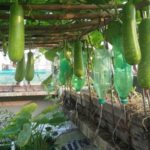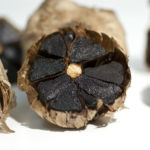Vietnam is a country with a wide variety of vegetables. Especially at the market, there are cheap vegetables that can feed a family of 3-4 people with just a few thousand dong. The cheaper the vegetables, the less likely they are to be exposed to pesticides as they are mostly naturally grown. Farmers only spray pesticides on vegetables that are prone to pests and can be sold at a higher price, otherwise, they would not be able to cover the costs. Vietnam is fortunate to have these wild vegetables, which are easy to grow and do not require excessive fertilization or pesticide spraying. Moreover, these vegetables are highly praised for their nutritional value:
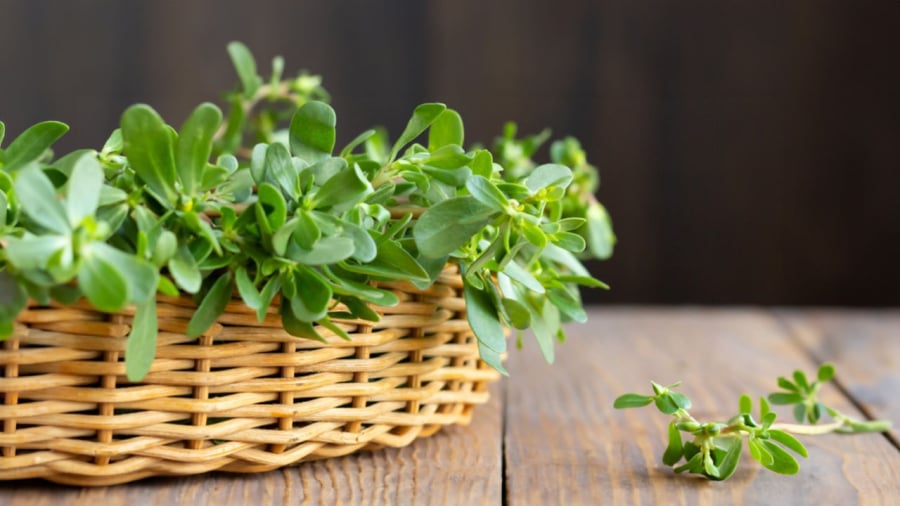
Rau sam (Water Spinach)
Rau sam is a type of wild vegetable that grows along paths and roadsides. It has juicy stems and a slightly sour taste. Traditional Chinese medicine considers this vegetable to be a “longevity medicine” and it is used to treat various diseases such as dysentery, scabies, diarrhea, and constipation. In European countries, water spinach is also highly appreciated. When eaten, water spinach has a distinct sour taste. In Traditional Chinese Medicine, water spinach has a sour taste, a cold property, is non-toxic, has natural antibiotics, detoxification ability, and can treat rashes. Water spinach helps stimulate digestion, improves digestion, detoxifies, and treats acne. Water spinach is a natural antibiotic that helps disinfect, treat itchy skin, and insect bites.
Water spinach is sold at the market at a very low price because it grows easily and does not require pesticide spraying. A bunch of water spinach only costs 5,000 dong, and it can be boiled, made into soup, or used in salads.
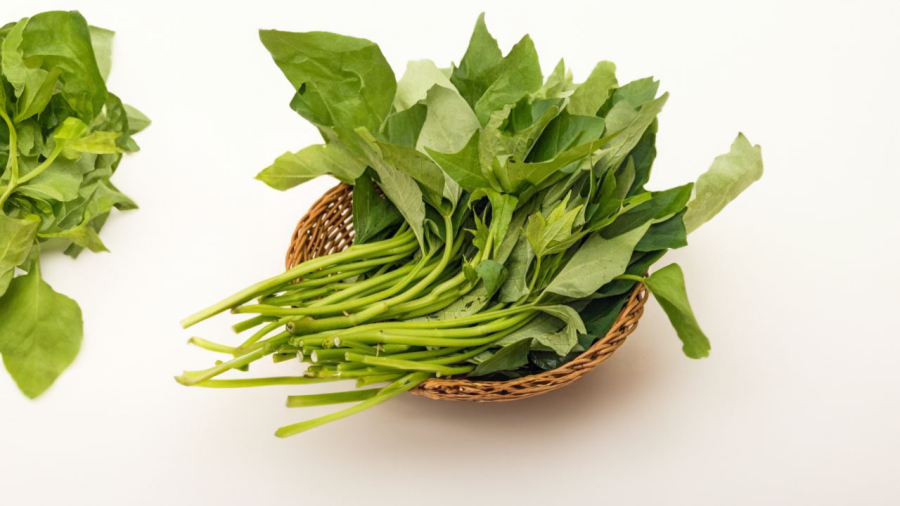
Camote Leaves
Camote leaves are very common and were previously only eaten when people were hungry. However, the Japanese consider this vegetable to be a long-lived food. Camote leaves only need moist soil to grow, so they do not require much care. Therefore, farmers almost neglect them and only cut and sell the stems without much care. Camote leaves cost only 4,000-6,000 dong for a large bundle, which can be used to make boiled camote leaves or stir-fried camote leaves for the whole family. In 100 grams of camote leaves, there are typical nutrients such as 22kcal of energy, 91.8g of water, 2.6g of protein, 2.8g of starch, 11mg of vitamin C, 900mg of vitamin BB, as well as minerals such as 48mg of calcium, 54mg of phosphorus, and 2.7mg of iron. This type of vegetable is considered a vitamin treasure trove because the amount of vitamin B2 in camote leaves is 10 times higher than that in camote roots.
Camote leaves help treat constipation, improve metabolic waste excretion, and are good for the liver and kidneys. Camote leaves are also good for the eyes and help prevent cardiovascular diseases. Camote leaves support colorectal cancer, prostate gland.
Boiled camote leaves dipped in spicy fish sauce is a popular traditional dish. Stir-fried camote leaves with garlic is also a popular and delicious dish.
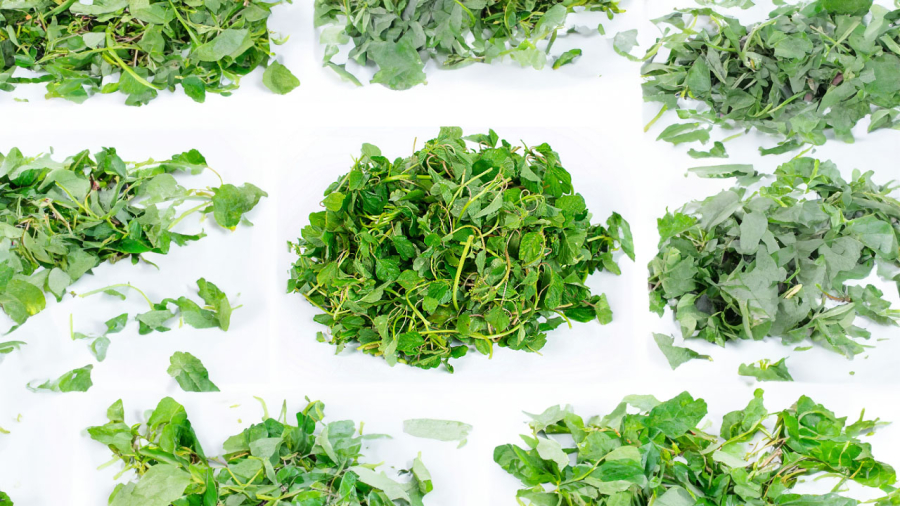
Amaranth Greens
Red amaranth greens are easy to grow and rarely require pesticide spraying. On the other hand, wild amaranth greens are plucked into baskets and sold as a softer and sweeter version of red amaranth greens. Both types of amaranth greens are delicious and rich in iron, which helps with blood circulation. Amaranth greens enhance intestinal moisture and digestion. Amaranth greens contain an amino acid called lysine, as well as minerals such as potassium, phosphorus, magnesium, and iron, as well as vitamins C and E, which help prevent free radicals that cause aging and the formation of cancer cells.

Water Morning Glory
Water morning glory grows rapidly as long as the seedling is placed in the water field. It is a naturally grown vegetable that is very resistant to pests and requires little pesticide spraying. Water morning glory is praised by the CDC as the best vegetable in the world. It is considered a vegetable that supports cancer prevention, improves cardiovascular health, and prevents osteoporosis. Due to its fast spreading rate, water morning glory is sold at a relatively low price compared to other vegetables such as water spinach, morning glory, Chinese cabbage, and watercress. According to a publication in The British Journal of Nutrition, if we eat about 100g of water morning glory every day, we can prevent the risk of breast cancer as well as other types of cancer. Water morning glory is also rich in vitamin C, which is good for health.

























